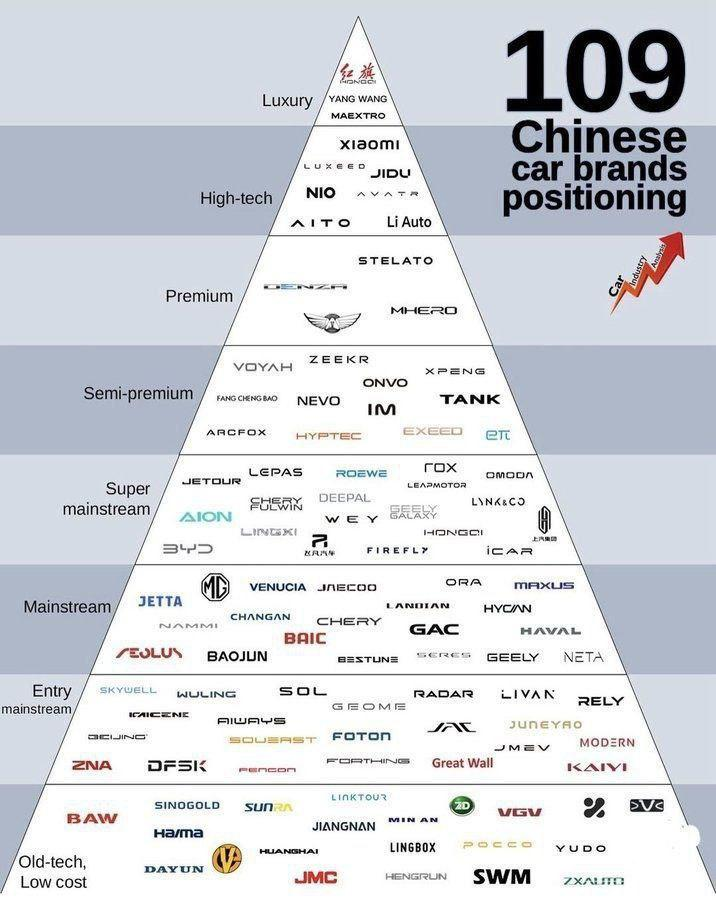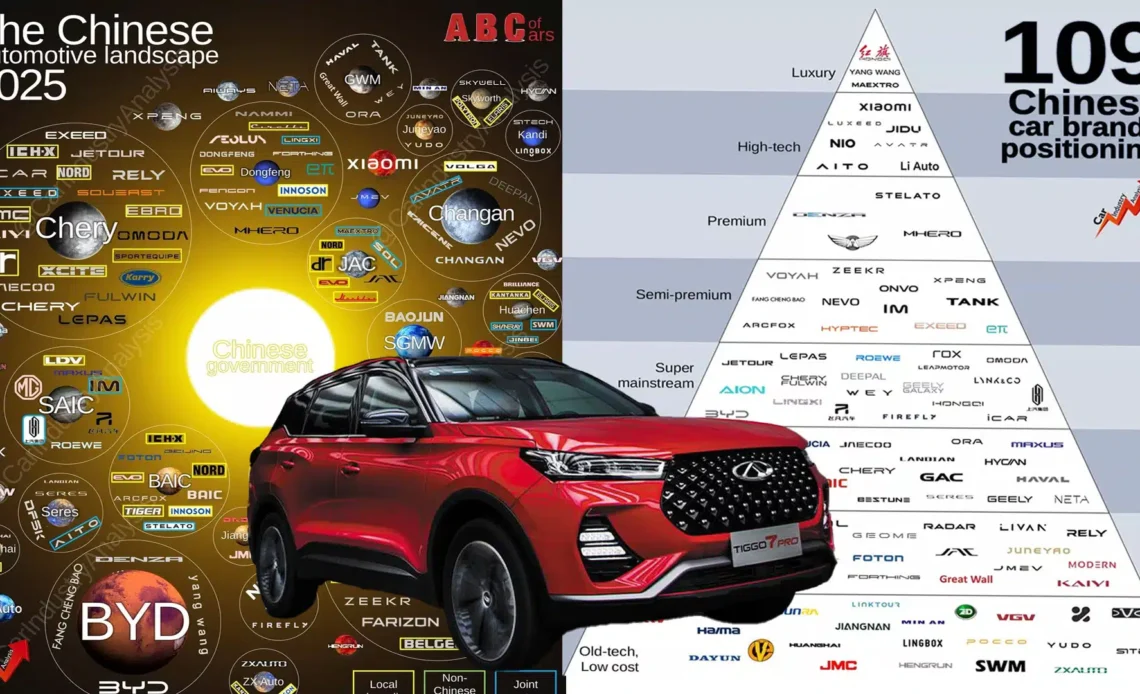🚗 Today, China is not just the largest car manufacturer, but a whole planet on four wheels. 109 car brands — that’s not statistics, that’s a manifesto. A country that only recently copied foreign models is now dictating global trends, technologies, and standards for the transport of the future.
Each new brand in China appears not “for show,” but as a response to a specific market demand. Some focus on electric cars for cities, others on premium SUVs, and some create ultra-cheap models for the mass buyer. The result is a huge ecosystem where competition doesn’t destroy but drives progress.
Electrification, autopilots, artificial intelligence, digital dashboards, smart safety systems — all this is already standard for Chinese cars. And it’s being implemented not slowly, like in Europe, but at a speed at which European engineers are still finishing their blueprints.

While German and Japanese carmakers spend years “testing concepts” and debating the future of diesel, the Chinese just do it. They build gigafactories, invest billions in battery production, and develop their own chips to control vehicles. For them, a car is not just transportation — it’s part of the digital economy.
The government actively supports the industry — with subsidies, tax incentives, state orders, and export programs. As a result, China has become the global hub of automotive innovation. It already surpasses Europe in electric vehicle exports, and by 2030 it may capture half of the global market.
And while Chinese cars were once seen as “the cheap option,” now a different phrase is heard more often: “why not a Chinese one?”. They are stylish, high-tech, economical, and above all — modern.
🔥 China is not just part of the race — it’s already ahead, crossing the finish line and setting its own rules. The rest can only decide: catch up or yield the road to the new automotive superpower.
All content provided on this website (https://wildinwest.com/) -including attachments, links, or referenced materials — is for informative and entertainment purposes only and should not be considered as financial advice. Third-party materials remain the property of their respective owners.


